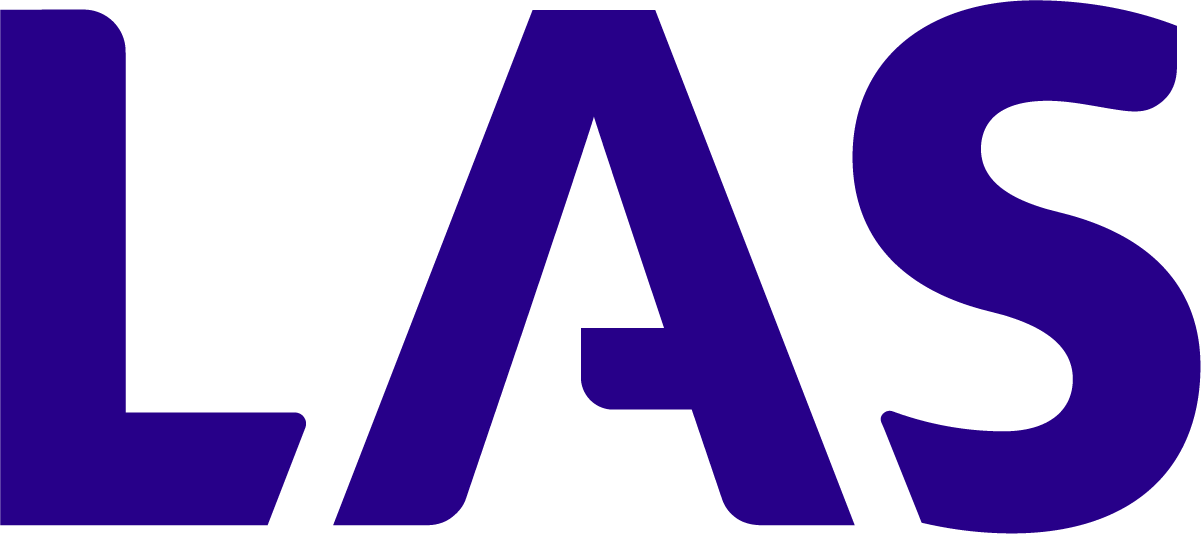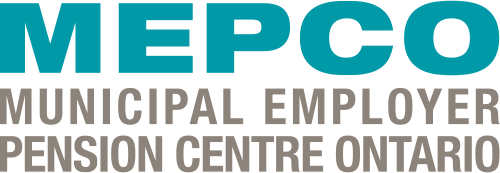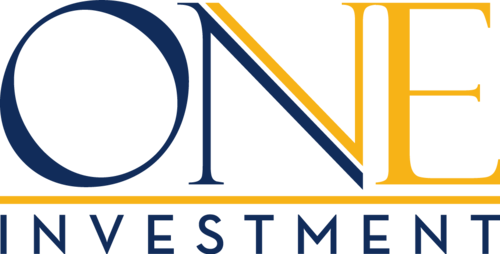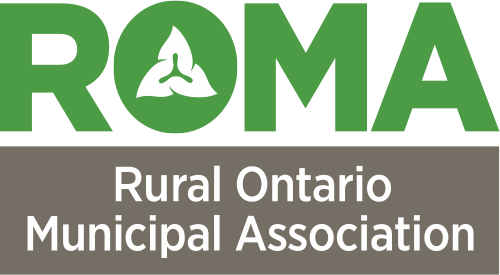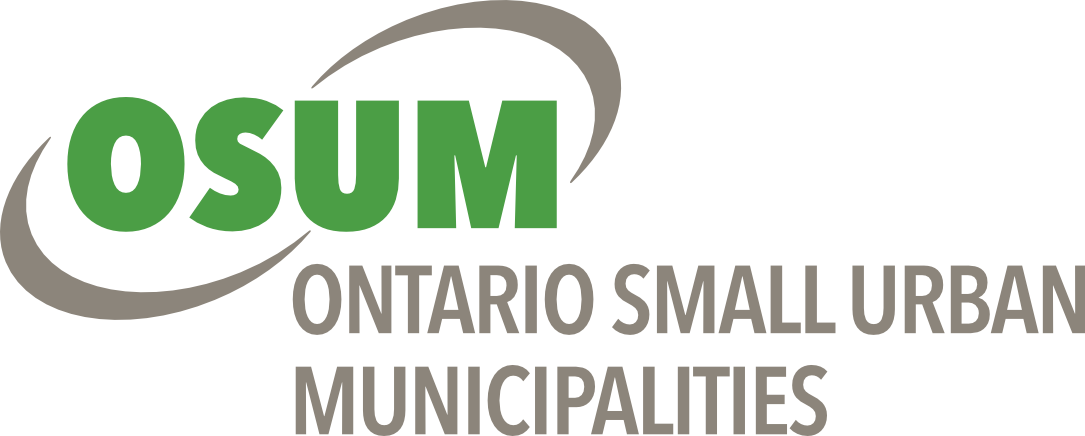Asset Management Training Opportunities
Municipal Asset Management Webinar Series 2025
Making progress in asset management and achieving 2025 regulatory compliance.
Asset management enables efficient investment in municipal infrastructure. AMO supports municipal sector progress in asset management through several capacity-building projects, policy directives, and the administration of the Canada Community-Building Fund (CCBF). Under the CCBF municipalities are to work towards developing and implementing an asset management plan, culture, and methodology in accordance with Ontario Regulation 588/17: Asset Management Planning for Municipal Infrastructure.
O. Reg. 588/17 requires all municipalities in Ontario to advance their asset management programs by complying with the implementation of a policy and plans by specific deadlines. The final deadline is July 1, 2025, by which time all municipalities are expected to have developed and implemented an asset management plan (AMP) that includes all asset categories (core and non-core) with current and proposed levels of service (LOS).
Over the last several years, many municipalities have found it difficult to successfully reach the deadlines due to limited capacity and resources. AMO has engaged Asset Management Ontario to support the delivery of a 4-part webinar series along with a level of services (LOS) framework that will guide municipalities in their efforts to meet the regulatory requirements and advance their asset management programs.
While relevant to all municipalities, this webinar series is important to those struggling to achieve regulatory compliance. While the sessions are open to both council and staff, the target is municipal staff who are responsible for implementing the asset management program.
Session 1: Proposed Levels of Services & Performance
Levels of service are a crucial tool in strategic decision-making, and in communicating with your stakeholders about service expectations. In this webinar, they will discuss how to develop proposed (or target) levels of service, and how proposed levels of service and performance targets connect with the other July 1 O. Reg. 588/17 requirements. Join us to learn about strategies and tools to help you understand asset performance and develop actionable levels of service targets that can drive your business planning.
Webinar recording:
Session 1 Recording - Proposed Levels of Service & Performance
Session 1 Slides - Proposed Levels of Service & Performance
Q&A Written Response:
Session 1 Q & A Written Response
Session 2: Risk Assessment (March 20, 2025)
Enhance strategic-decision making even further by evaluating the impact of risk on your levels of service. This session will help you understand and manage risks that could affect your proposed levels of service while ensuring compliance with Ontario Regulation 588/17. Develop a deeper understanding of the relationship between risk and levels of service, and how to use that understanding to drive your service delivery.
Webinar recording:
Session 2 Recording – Risk Assessment
Presentations:
Session 2 Slides - Risk Assessment
Session 3: Lifecycle Management & Financial Strategy (March 27, 2025)
Risk and levels of service drive your lifecycle management activities—when to take action, what kind of action, and how to monitor the impacts of that action. Each of these actions have financial implications that must be taken into account in your asset management planning and capital budgeting in order to ensure sustainable service delivery. Join us to learn about costing methodologies, performance monitoring strategies and lifecycle activities to enable development of a lifecycle management plan and financial strategy that meets O. Reg 588/17 2025 requirements.
Session 3 Recording – Lifecycle Management & Financial Strategy
Presentations:
Session 3 Slides – Lifecycle Management & Financial Strategy
Session 4: Growth (April 3, 2025)
How can asset management best practices help municipalities meet growth targets, and changing demographics? How can municipalities balance the need for growth, with the need to maintain existing assets? Join us for a brief presentation that addresses these questions and the growth-related requirements under O.Reg. 588/17, followed by a panel discussion where you can learn about some of the common challenges – and opportunities – faced by municipalities as they build growth considerations into their asset management systems, and how municipalities respond to crucial issues like housing needs, and the housing needs assessment.
Webinar recording:
Presentations:
Simplified LEvels of Service Toolkit
Simplified LOS Toolkit_User Manual
Simple LOS Toolkit for General Assets
Simple LOS Toolkit for Facility Assets
Municipal Asset Management Webinar Series 2024
Join us for a 4-part series, as we embark on a journey to unravel the intricacies of infrastructure asset management. Learn about the methods and language of asset management and leave empowered to leverage the benefits of a whole-system approach that incorporates climate change considerations.
Whether you are new to the field and looking to understand the basics, or an experienced practitioner seeking advanced strategies, this series will provide valuable insights, practical tips, and real-world case studies applicable to professionals at all levels of expertise within infrastructure asset management. The content, tools, and templates are designed to support municipalities of all sizes.
Session 1: Asset Hierarchy & Data Gaps
What data do you need? How does it need to be organized? Once it has been gathered, what can it do, and how can the gaps be filled to enhance decision-making? Join us in discussing asset data and how to optimize your asset hierarchies for improved operational efficiency. Leave equipped with actionable strategies to identify and address data gaps and leverage data to inform decision-making that fosters a more resilient and sustainable approach to infrastructure management.
Webinar recording:
Asset Hierarchy & Data Gaps
Presentations:
Chris VanDooren, Senior Program Manager, AMO
Jessica Angers, Principal Advisor, AMONTario
Khaled Shahata, Manager of Corporate Asset Management, City of London
Gillian Harris, Associate Director, Public Works, Town of Lincoln
Resources:
Asset Hierarchy & Data Gaps Tip Sheet
Asset Information Management Toolkit
Service to Asset Hierarchies and Asset Information Overview
Session 2: Levels of Service
Unlock enhanced strategic planning by joining us to explore levels of service and related industry best practices. This session will help enable participants to implement effective strategies that enhance the overall performance and reliability of their infrastructure assets while meeting desired levels of service, facilitating a deeper understanding of the needs – and commitments – we make to our communities around sustainable service delivery.
Webinar recording:
Levels of Service
Presentations:
Mayuri Bharkhada, Asset Management Advisor, Region of Peel
Daryush Esmaili, AVP and Chief Facilities and Sustainability Officer, Sheridan College
Angela Lochtie, Treasurer/Deputy Clerk, City of Pembrok
Resources:
Levels of Service Tip Sheet
Asset Class & Asset Performance Evaluation Toolkit
Climate Change Vulnerability Assessment Toolkit
Levels of Service Overview
Session 3: Risk Assessment
Risk is the effect of uncertainty on your objectives – and risk management is the response to that uncertainty. Join us as we explore strategies to identify, evaluate and mitigate the evolving risks faced by our infrastructure assets. Learn the language and the methodologies of risk management and leverage the powerful communication too, that a comprehensive risk management system can be, for communicating your infrastructure needs and prioritizing your decisions.
Webinar recording:
Risk Assessment
Presentations:
Jessica Angers, Principal Advisor at Asset Management Ontario (AMONTario)
Leanne Brannigan (she/her), Acting Director, Enterprise Asset Management, Peel Region
Jessica Feere, Asset Management & Environmental Services Manager, Town of Goderich
Resources:
Risk Assessment Tip Sheet
Asset and Climate Risk and Priority Models Toolkit
Asset Risk Management Overview
Session 4: Financial Strategy/Lifecycle Costing
The implications of our asset decisions are long lasting. The goal of this webinar is to equip participants with the knowledge and tools to develop effective financial strategies for sustainable service delivery throughout their infrastructure assets’ lifecycle. By delving into lifecycle costing methodologies and financial planning techniques, participants will be empowered to make informed decisions that optimize budget, funding, and resource allocation for long-term infrastructure sustainability.
Webinar recording:
Financial Strategy/Lifecycle Costing
Presentation:
Mayuri Bharkhada, Asset Management Advisor, Region of Peel
Dan Wilson, Chief Administrative Officer (CAO), Township of Centre Wellington
Resources:
Financial Strategy & Lifecycle Costing Tip Sheet
Financial Model Template Toolkit
Financial Strategy Overview
Asset Management Technical Assistance Project
The Association of Municipalities of Ontario (AMO), in collaboration with Asset Management Ontario (AMONTario), is providing free hands on training and technical assistance to 80+ municipalities across Ontario by educating multi-disciplinary staff and elected officials on asset management concepts to help them make progress in the implementation of their asset management plans and establishment of a robust asset management system.
Participating municipalities are grouped in cohorts based on geography, population size, asset management maturity, quality of existing asset management plan, staff capacity and common interests/challenges in asset management. This approach facilitates peer to peer learning and help establish knowledge sharing groups for active collaboration among neighboring municipalities.
The project covers different topics such as asset management governance structure, asset hierarchy and data gap analysis, establishing service levels, risk assessment and asset lifecycle strategies for financial planning. Participation requires commitment from municipalities to attend all coaching sessions and complete project milestone using the provided tools and templates over a period of one year.
This initiative is delivered through the Municipal Asset Management Program, which is delivered by the Federation of Canadian Municipalities and funded by the Government of Canada.
2021 ASSET MANAGEMENT WEBINAR SERIES
The purpose of this introductory webinar series is to share the freely available tools and templates piloted during 2019 - 2021 with 50 municipalities across Ontario in partnership with the Municipal Asset Management Program.
This series will help develop a better understanding of asset management concepts and the staff resources required to adopt asset management as a decision-making tool for Council to identify local infrastructure investment priorities.
Contact us to request recordings of these webinars.
Session 1: Leadership & Governance in ASSET MANAGEMENT
Having an asset management governance structure with clear roles and responsibilities foster a culture of collaboration and integration between different departments across a municipality and helps staff collectively provide standardized information on assets cost, risk and levels of service to inform Council decision-making. Join this session to learn more about the different types of governance structures that can be adopted to develop and implement an asset management program at your municipality.
Target Audience:
- Elected Officials
- CAO, Treasurer and Directors
- Staff from various departments responsible for managing infrastructure assets
Slides - Leadership & Governance in Asset Management
Session 2: ESTABLISHING ASSET HIERARCHY & Conducting DATA GAP ANALYSIS
An asset hierarchy is a systematic organization of assets that creates a line of sight between services, assets and accountabilities that facilitates planning and decision-making. Join this session to learn more about the different asset data attributes that staff need to collect and maintain, and the available tools and templates you can use to assess the current state of your asset data inventory.
Target Audience:
- Treasurer
- Staff from various departments responsible for managing infrastructure assets
Slides - Asset Hierarchy & Data Gap Analysis
Template - Asset Information Management Package
Session 3: Understanding service levels
Service levels can be defined as the performance of your assets or the quality of the service they provide to your community. Municipalities are expected to establish realistic targets based on the available financial resources and the minimum asset condition or performance requirements to address community needs. Higher service levels will result in reduced risk of asset failures or service interruption, but they are also more costly and difficult to sustain over the long-term. Join this session to learn more about the steps involved in identifying existing levels of service and establishing future targets using the available tools and templates.
Target Audience:
- Elected Officials
- CAO, Treasurer and Directors
- Staff from various departments responsible for managing infrastructure assets
Slides - Understanding Service Levels
Session 4: USING RISK ASSESSMENTS TO IDENTIFY LOCAL PRIORITIES
Risk is assessed based on the likelihood of an asset failing and the severity of the service consequences if it does. Using risk assessment provides a more structured and objective assessment of what is the most important and urgent need in the existing asset base. Join this session to learn more about the steps involved in the risk assessment process by which infrastructure investment needs can be prioritized using the risk assessment template.
Target Audience:
- Elected Officials
- CAO, Treasurer and Directors
- Staff from various departments responsible for managing infrastructure assets
Guide - Asset Risk & Prioritization Models User Manual
Session 5: Developing financial strategy using ASSET WHOLE LIFECYCLE COSTS
One of the challenges in asset management for a municipality is to determine its infrastructure funding gap and develop a long-term strategy for how it will be managed. Join this session to learn how to estimate asset whole lifecycle costs to understand current and future financing requirements, and to how this information can be used to develop a financial plan.
Target Audience:
- CAO, Treasurer and Directors
- Staff from various departments responsible for managing infrastructure assets
Slides - Developing Financial Strategy Using Asset Whole Lifecycle Costs

